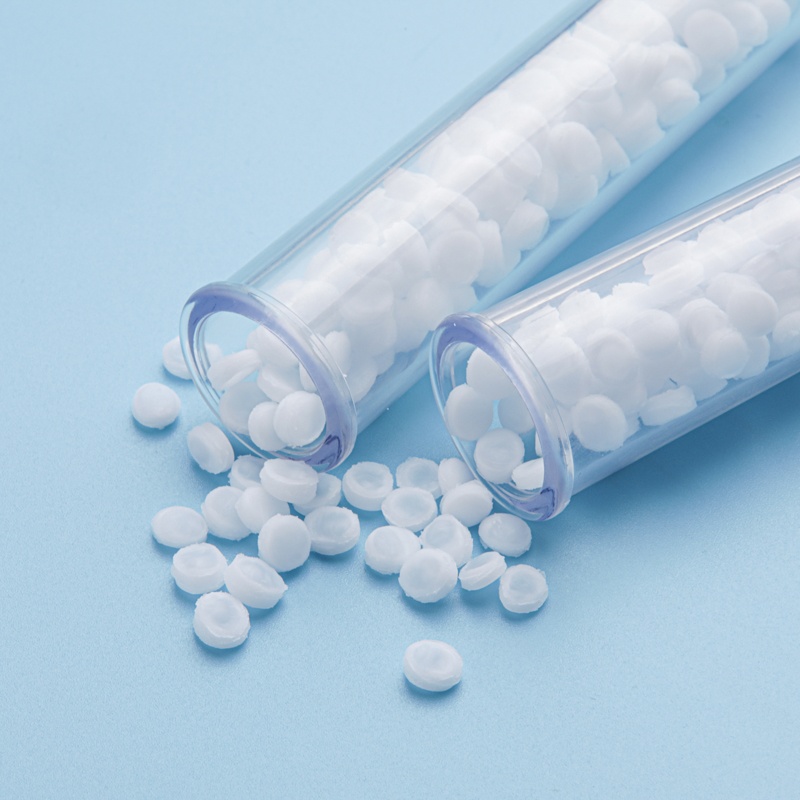Scratch-resistance compounds are essential for increasing the longevity of a variety of products. These additives are made to offer a shield that shields the product from scratches and abrasions, extending its lifespan.
1. Introduction
Additives for scratch resistance can be used in the production of many different materials, including plastics, coatings, and films. By enhancing the material’s surface toughness and hardness, these additives increase the material’s resistance to scratches and other types of damage. The longevity and aesthetic appeal of the product are greatly improved by these additives since they lessen the visibility of scratches and stop deeper penetration.
2. Scratch-Resistance Additive Mechanisms
Scratch-resistance compounds improve the durability of items through a number of processes. The development of a shield on the material’s surface is one typical mechanism. The impact of outside forces is absorbed by this layer, acting as a barrier that keeps those forces from penetrating the underlying substance. The additions may also increase the material’s resistance to friction, lowering the risk of scratches from normal wear and tear.
Modification of the material’s molecular structure is a different mechanism. Enhancing the cross-linking between polymer chains with scratch-resistance compounds can make the material more stiff and less prone to deformation. The material’s resistance to scratches is improved by its enhanced stiffness because it is more difficult for sharp things to pierce or leave visible marks.
3. Scratch-Resistance Additives Types
There are many different kinds of scratch-resistance compounds on the market, each with special qualities and uses. Silica-based additives are a typical type that provide a tough and long-lasting surface layer on the material. These compounds are frequently employed to increase scratch resistance in coatings and films without sacrificing transparency.
Polymeric additives fall under another category and are introduced into the material matrix during production. These chemicals make the material harder and tougher, which increases scratch resistance. Polymeric additives are frequently employed in composites and plastics, where scratch resistance is crucial for preserving the integrity of the finished product.
4. Advantages of Additives for Scratch Resistance
Additives for scratch resistance have a number of advantages for both manufacturers and consumers. First off, it increases a product’s durability, lowering the frequency of repairs or replacements. Cost savings for both producers and consumers are the result of this.
Scratch-resistance compounds also raise the general level of quality and aesthetic appeal of products. These chemicals boost the aesthetic appeal and perceived worth of the product by reducing the visibility of scratches and keeping a spotless surface. This is crucial in sectors like automobiles, electronics, and consumer goods where product marketability can be greatly impacted by scratches.
By prolonging the useful life of items, scratch-resistance compounds also support environmental initiatives. These additives lessen the need for replacements, which reduces resource use and waste production. This is in line with the market’s rising desire for durable items that are also green.
5. Uses of Additives for Scratch Resistance
Scratch-resistance compounds are used in a variety of products and sectors. These compounds are used in clear coatings and interior surfaces in the automotive industry to prevent scratches from being created by keys, rings, and other objects. They also have uses in electronic devices with display panels that are prone to damage from frequent use, such as smartphones and tablets.
In order to prevent scratches, scuffs, and abrasions, scratch-resistance compounds are included into coatings and laminates in the furniture sector. This guarantees that furniture keeps its look and toughness despite frequent use. In order to avoid scratches during handling and transit, these additives are also utilized in packing materials like films and containers.
Related Products







